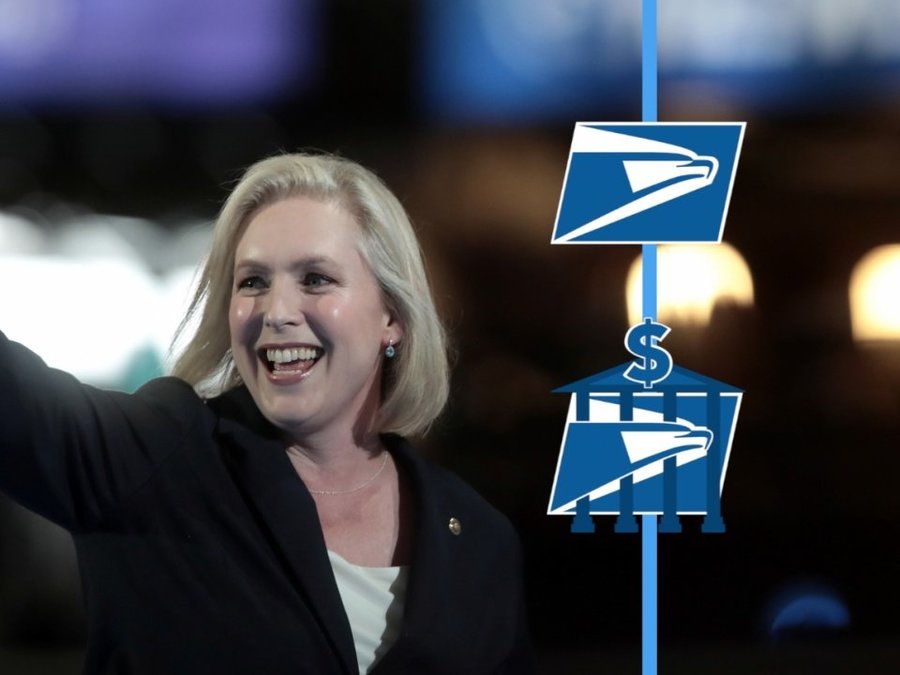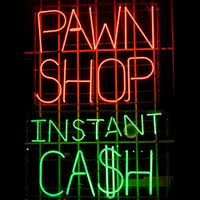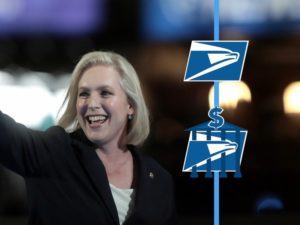 Traditional bankers won’t like this blog post. But you know what? Many people don’t like their own banks, and many people aren’t being served well by our banking system. I’m intrigued by recent proposals to fix a gap in the deposit-taking function of banking, specifically a US Postal Bank on the one hand, and an even more disruptive idea of a Federal Reserve bank account – known as a FedAccount – available to individuals and businesses.
Traditional bankers won’t like this blog post. But you know what? Many people don’t like their own banks, and many people aren’t being served well by our banking system. I’m intrigued by recent proposals to fix a gap in the deposit-taking function of banking, specifically a US Postal Bank on the one hand, and an even more disruptive idea of a Federal Reserve bank account – known as a FedAccount – available to individuals and businesses.
Postal Banking
Senator Kirsten Gillibrand (D-NY) introduced a bill in April to revive US Postal Service banking, something that we used to have. It began in 1910 under President William Howard Taft until it was ended by Lyndon Johnson in 1966, according to banking scholar and University of George law professor Mehrsa Baradaran, in her Ted Talk on postal banking.
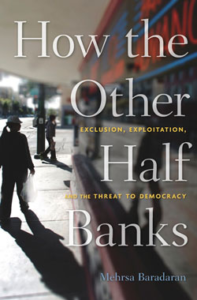 In the Gillibrand proposal, the Post Office would offer free deposit accounts for amounts up to $20,000. For-profit banks tend to ignore small depositors as unprofitable, or they charge high checking account fees to make up for that unprofitability.
In the Gillibrand proposal, the Post Office would offer free deposit accounts for amounts up to $20,000. For-profit banks tend to ignore small depositors as unprofitable, or they charge high checking account fees to make up for that unprofitability.
The Post Office already has branches everywhere, including in “banking deserts” that have been abandoned by community banks as unprofitable, and where check cashers and payday lenders have moved in. While the Post Office by charter must be financially self-sustaining, it has a history of subsidizing services for the public, as it does for example when it unprofitably delivers mail to remote rural areas.
In Gillibrand’s proposal, personal loans of $500 could also be offered. Her proposal came with an unreasonably low rate for this type of personal loan. But even at rates as high as 20 to 25 percent, it wouldn’t be hard to offer an interest rate that reflected the risk of these loans, while still undercutting payday lenders.
The people who would be most helped by postal banking are the estimated 10 million US households who are “unbanked.” Among the very poor, up to 10 percent of disposable income gets used for basic financial services, such as check-cashing and payday loans.
The FedAccount
But how about an even more intriguing and radical solution proposed last month, that would help not only the poor, but the wealthy and everyone in between from small businesses to you and me?
The proposal by three economists and former US Treasury officials is to offer a FedAccount – free checking accounts of any size at the Federal Reserve to individuals and business. The Federal Reserve currently only has deposit accounts for financial institutions.
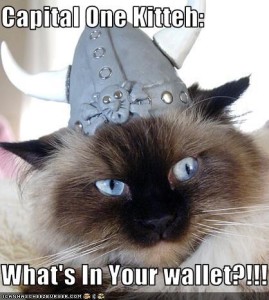 In a fiat money system like ours, as you hopefully already know, money is a kind of collective fiction we all weirdly agree to. The beautiful thing about the Federal Reserve is that they are the dream weavers of this fiction. They invent money. An electronic ledger in a FedAccount with your money will always be there basically because the Federal Reserve says it’s there, and they perform magic.
In a fiat money system like ours, as you hopefully already know, money is a kind of collective fiction we all weirdly agree to. The beautiful thing about the Federal Reserve is that they are the dream weavers of this fiction. They invent money. An electronic ledger in a FedAccount with your money will always be there basically because the Federal Reserve says it’s there, and they perform magic.
When you can invent money there’s no problem whatsoever guaranteeing unlimited amounts of money both to the under-banked poor and the extremely wealthy. A $100 deposit by a poor person will always be there. A 100 million deposit by a wealthy person will always be there. 100 percent guaranteed.
The FedAccount could also handle merchant processing for free between FedAccounts, something that businesses currently pay extraordinary amounts of money to credit card and debit card companies to do. Small businesses in particular, with little negotiating power against credit card companies, could reap huge savings on processing fees. Eliminating those fees would ultimately lower costs for consumers. Also, a business using its FedAccount should be able to receive payment on the same day, which could be a life-saver to cash-strapped businesses.
Is a FedAccount a threat to traditional banking as currently provided by a combination of megabanks and smaller private community banks? I don’t think so. If the Fed Account stayed out of the lending business it should not threaten legacy banks.
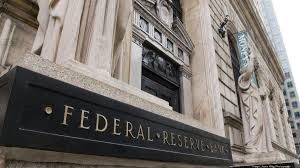 What about costs to create the program? The Federal Reserve already keeps deposit accounts for all banks, so adding that capability for individuals and businesses would be simply a matter of straight-forward software programming.
What about costs to create the program? The Federal Reserve already keeps deposit accounts for all banks, so adding that capability for individuals and businesses would be simply a matter of straight-forward software programming.
How could this all be free? The Federal Reserve earns profits on financial assets it owns, and sent $98 billion, $92 billion and $80 billion in excess profits to the US Treasury in 2015, 2016, and 2017.
Would it need an army of customer-service employees? Doubtful.
With an easy phone app I know it could attract most of my deposits. I don’t need to talk to banking employees about my account. When was the last time you had an important and helpful conversation with a bank employee regarding your checking account? I’m guessing for most of us, approximately, never?
I can anticipate a libertarian aversion to these expanded government-as-banker roles. Would government banking be competent? Would it protect privacy? As the proposers of FedAccount argue, the Treasury processes billions of payments per year, and disburses millions of Social Security checks per month, basically without a problem.
The Federal Reserve handles $3 trillion worth of Fedwire payments per day. They’re good at this stuff. Unlike the private banking sector, which has to be regulated and subsidized to keep it from periodically failing, the Federal Reserve doesn’t need a subsidy and implied public bailout. Remember, it can create money virtually whenever it needs to. It’s magic.
On the issue of privacy and government intrusion, the FedAccount would be an option, not a requirement. People who fear government intrusion could continue to only patronize private banks.
Look, I wouldn’t bet a single dollar of mine that the low-cost, needed, solution of FedAccounts will happen in our lifetime. We’re talking about something that would make every for-profit banker in the country nervous. And nervous bankers make for a powerful lobby. But I’d be up for it.
The US Postal Bank as proposed by Gillibrand is more modest in scope and has a successful historical precedent. That one’s not impossible in the medium term, and it’s also worth trying.
A version of this post ran in the San Antonio Express News and Houston Chronicle.
Please see related posts:
Book Review: The Color of Money by Mehrsa Baradaran
Interview with author Mehrsa Baradaran
Another Reason You Hate Your Bank
Post read (210) times.

